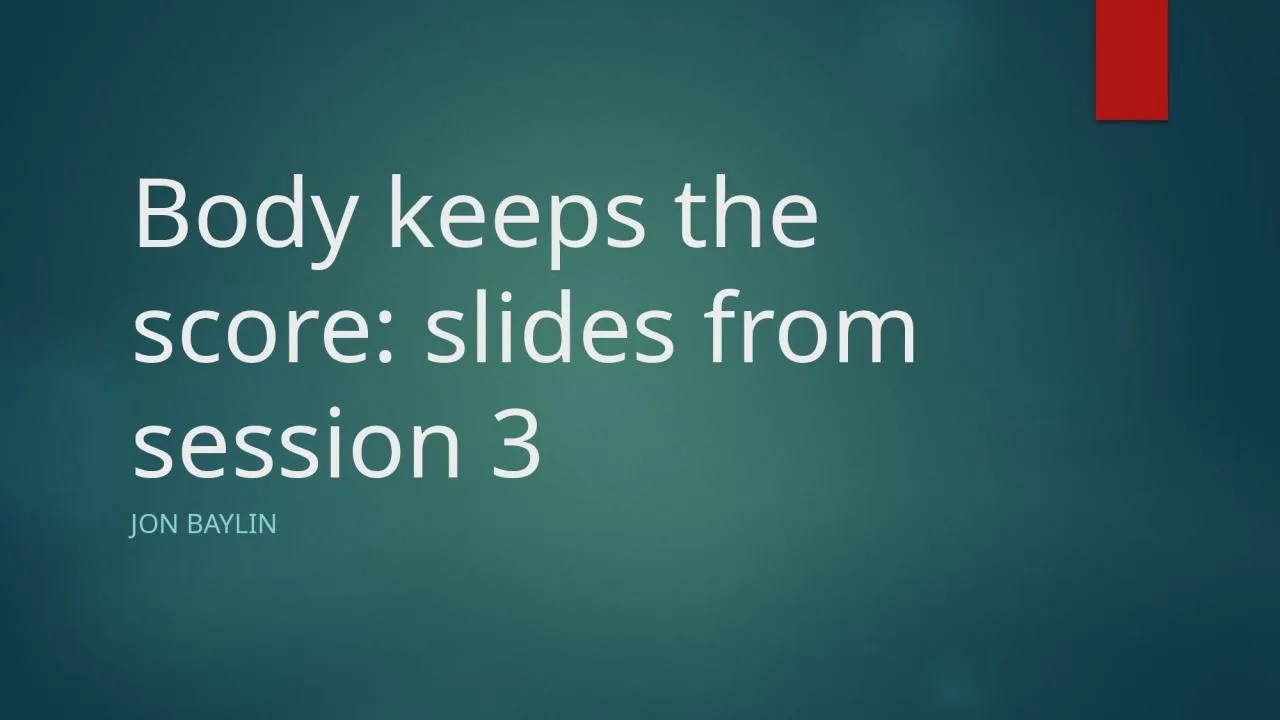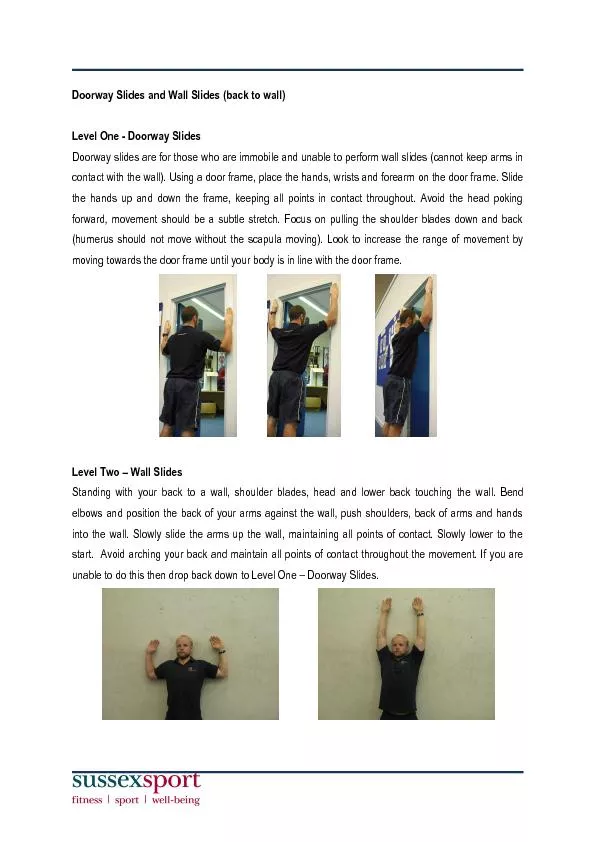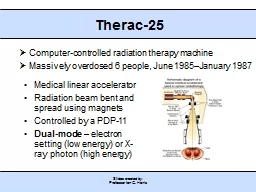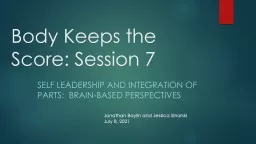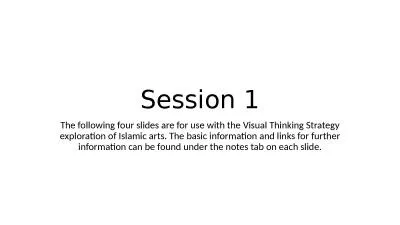PPT-Body keeps the score: slides from session 3
Author : gagnon | Published Date : 2022-06-01
Jon Baylin CERTIFICATE OF ATTENDANCE attended a continuing education event on March 11 2021 from 830 am to 10 am 15 hrs via video conference format as Part Three
Presentation Embed Code
Download Presentation
Download Presentation The PPT/PDF document "Body keeps the score: slides from sessio..." is the property of its rightful owner. Permission is granted to download and print the materials on this website for personal, non-commercial use only, and to display it on your personal computer provided you do not modify the materials and that you retain all copyright notices contained in the materials. By downloading content from our website, you accept the terms of this agreement.
Body keeps the score: slides from session 3: Transcript
Download Rules Of Document
"Body keeps the score: slides from session 3"The content belongs to its owner. You may download and print it for personal use, without modification, and keep all copyright notices. By downloading, you agree to these terms.
Related Documents

